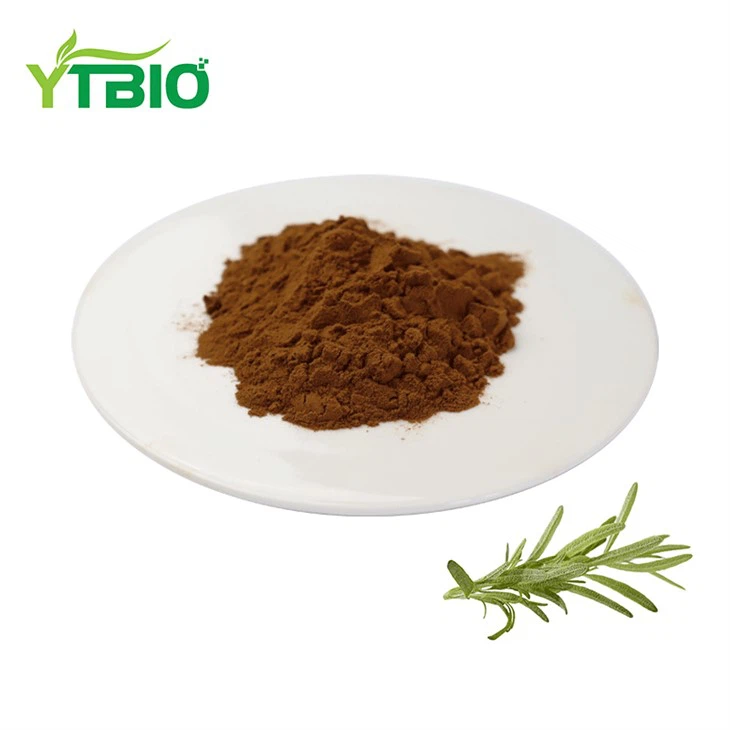Rosemary Extract Rosmarinic Acid
Purity:25%
CAS: 20283-92-5
Molecular formula: C18H16O8
Molecular weight: 360.31
Test method:HPLC
Appearance:Dark brown to brown powder
Packing: 1kg/aluminum foil bag; 5kg/carton; 25kg/cardboard drum (or according to customer requirements)
Storage conditions: This product should be sealed, shaded, and stored in a dry place
Certification: cGMP,ISO22000,ISO9001,EU&NOP Organic Certificate,Kosher,BRC,Halal,HACCP
Shipping speed: 3-5 days
- Fast Delievery
- Quality Assurance
- 24/7 Customer Service
Product Introduction
Do you know Rosemary Extract Rosmarinic Acid?
Rosemary Extract Rosmarinic Acid is a water-soluble natural phenolic acid compound isolated from the Lamiaceae plant Rosmarinus officinalis. It is widely distributed, primarily in plants of the Lamiaceae, Boraginaceae, Cucurbitaceae, Tiliaceae, and Apiaceae families, with the highest concentrations found in plants of the Lamiaceae and Boraginaceae families.
Rosmarinic acid is a natural antioxidant with strong antioxidant activity, surpassing that of vitamin E, caffeic acid, chlorogenic acid, and folic acid, helping to prevent cell damage caused by free radicals. Rosmarinic acid exhibits strong anti-inflammatory activity, as well as antibacterial and antiviral properties. Its properties, such as inhibiting acute and chronic infections, protecting against UV rays, and inhibiting elastin degradation, make it a popular cosmetic additive.
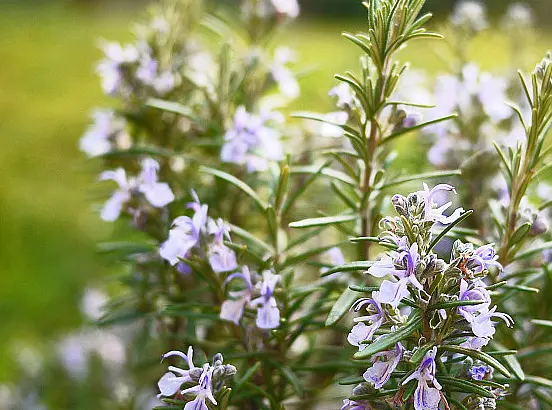
Rosmarinic acid has significant applications in pharmaceuticals, food, and cosmetics.
YTBIO: Rosemary Extract Rosmarinic Acid Manufacturer And Supplier
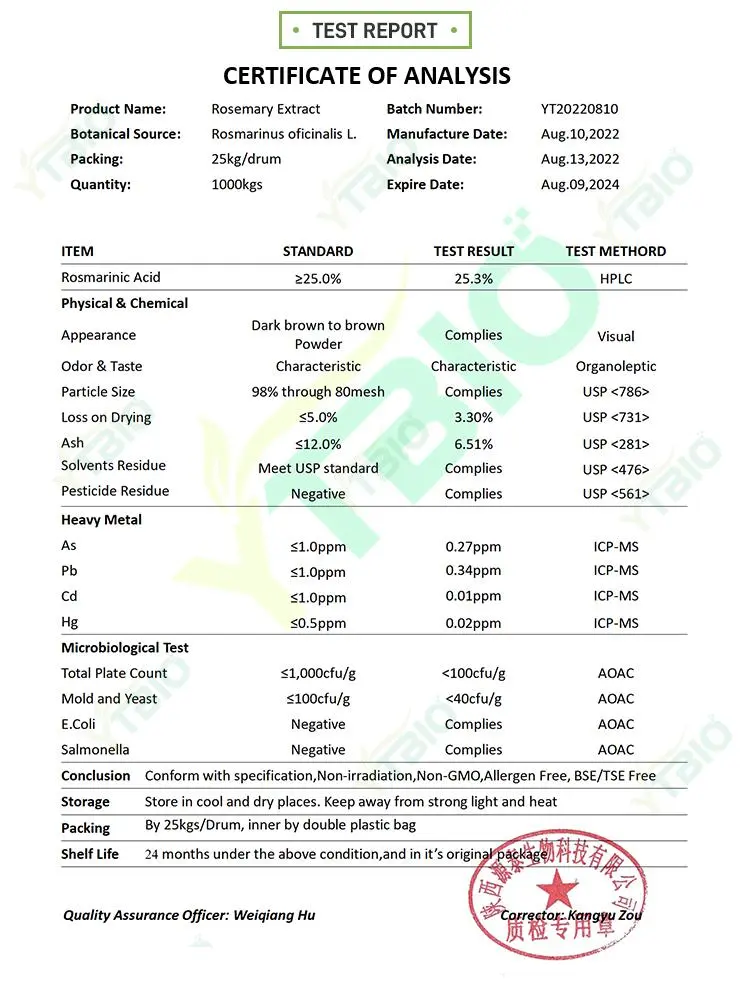
Rosemary Extract Rosmarinic Acid has Numerous Benefits
First, Rosemary Extract Rosmarinic Acid has antioxidant properties. Research has shown that the antioxidants in rosmarinic acid can effectively scavenge free radicals in the body, slow cellular aging, and protect the body from oxidative stress. This not only helps improve skin quality and slow aging, but also boosts immunity and prevents the onset of chronic diseases.
Second, rosmarinic acid has anti-inflammatory properties. It can inhibit inflammation and alleviate inflammatory symptoms, significantly alleviating certain inflammatory diseases, such as arthritis and enteritis. It can also promote wound healing and tissue regeneration, accelerating the wound healing process.
Furthermore, Rosemary Extract Rosmarinic Acid has antibacterial and anti-inflammatory properties. It can inhibit the growth of some bacteria, fungi, and viruses, and is helpful in treating skin diseases, oral ulcers, and other conditions.
In addition to these benefits, Rosemary Extract Rosmarinic Acid has several other uses. For example, rosmarinic acid protects against cardiovascular disease, potentially preventing it. It can also improve memory and concentration, positively impacting learning and work efficiency.
Physical and Chemical Properties of Rosemary Extract Rosmarinic Acid
Solubility: Rosmarinic acid is water-soluble. Low-content rosemary acid forms a light yellow to brown powder, while high-content forms a white powder. It absorbs moisture easily and has a distinctive herbal odor.
Melting Point: 171°C–175°C
Stability: Rosemary Extract Rosmarinic Acid exhibits good temperature stability, with a slight decrease in stability with increasing temperature. The rosmarinic acid content changes little at 20, 40, and 60°C. After 7 hours of heating, the rosmarinic acid retention rate remains above 95%, demonstrating excellent stability. At 80°C and 100°C, the rosmarinic acid content decreases slightly, but after 7 hours of heating, the retention rate remains above 86%, with a gradual change, indicating excellent stability. Therefore, it can be concluded that temperature has little effect on the stability of rosmarinic acid, and low temperatures are more conducive to its storage and use.
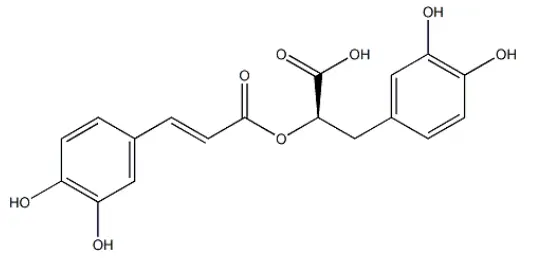
Photosensitivity: Rosmarinic acid is sensitive to light. Under direct sunlight, the rosmarinic acid content decreased significantly, with its preservation rate dropping to 45.82% by the third week, indicating extremely poor stability. Under dark conditions, the rosmarinic acid content changed little, reaching 94.66% by the fifth week, with the trend flattening, indicating excellent stability. Under indoor diffuse light, the preservation rate remained above 76% over the five weeks, indicating average stability. Therefore, rosmarinic acid should be kept away from light as much as possible during use and storage.
What Are The Applications Of Rosemary Extract Rosmarinic Acid?
Rosmarinic acid has broad application prospects and market value, with key applications in the following areas:
1. Pharmaceuticals
Rosemary Extract Rosmarinic Acid is a natural antioxidant with diverse pharmacological effects, including anti-inflammatory, antioxidant, free radical scavenging, and immunosuppressive properties. It is also abundant in natural resources. The production of free radicals is closely linked to numerous diseases, such as aging, heart disease, arteriosclerosis, phlebitis, arthritis, allergies, Alzheimer's disease, coronary heart disease, and cancer. Antioxidant and free radical inhibition research is becoming a growing research hotspot, and research on rosmarinic acid is also deepening. Therefore, rosmarinic acid has broad application prospects and market value. It can be used to treat a variety of diseases caused by free radicals. Further rational development and utilization of rosmarinic acid, including the selection of suitable and convenient formulations, is crucial to developing stable, quality-controlled, and high-quality pharmaceuticals to maximize their social and economic benefits.
2. Food Industry
Due to its strong antioxidant properties, rosmarinic acid has been developed as a food antioxidant. It is primarily used in oils, oil-rich foods, and pigments to prevent oil and fat oxidative deterioration and food oxidation. It can replace BHA and BHT in animal and plant oils, dairy products, oil-rich foods, candies, and baked goods. It can also be used as a spice in various soups and seasonings, and has antiseptic and antibacterial properties. Perilla extract, rich in rosmarinic acid, is used as a garnish to improve the shelf life of fresh seafood.
3. Cosmetics
Rosemary Extract Rosmarinic Acid also has UV protection. Studies have shown that rosmarinic acid can reduce lipid peroxidation, increase ATP, and decrease glutathione levels, indicating that rosmarinic acid can reduce free radical levels caused by UV rays and also mitigate DNA damage. In skincare products, it can help remove dark spots, provide antioxidant benefits, increase skin elasticity, and delay aging. In shampoo and hair care products, it can promote blood circulation in the scalp, improve hair loss, reduce dandruff, stimulate hair growth, and moisturize hair. Therefore, rosmarinic acid can be used as an excellent additive in cosmetics.
Rosemary Extract Rosmarinic acid - a multifunctional anti-aging substance
Can Rosemary Extract Rosmarinic Acid really help fight aging?
In experiments with nematodes, researchers found that nematodes treated with rosmarinic acid extended their average lifespan by 63%. Furthermore, these nematodes with extended lifespans maintained their reproductive capacity and remained active even in their later years.
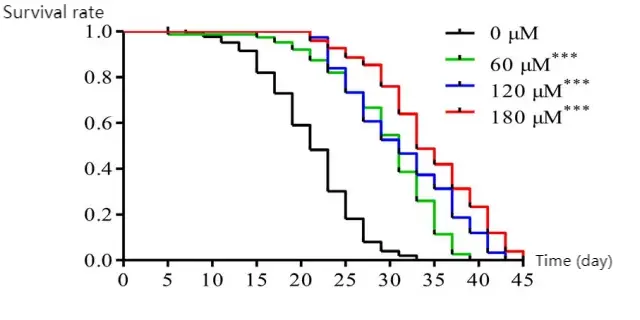
Effects of three rosmarinic acid intervention concentrations on the lifespan of nematodes
In addition to extending the lifespan of healthy nematodes, rosmarinic acid can also extend the lifespan of other organisms, such as mice with ALS. Although there are no relevant human clinical trials, adding an appropriate amount of rosmarinic acid to human cells cultured in vitro can extend the survival of these cells and slow down telomere attrition.
Since other organisms and human cells can extend their lifespan, could rosmarinic acid also extend the lifespan of the cells that make up humans?
Of course, extending lifespan also requires maintaining good health. A long and quality twilight years is truly "life extension" in the truest sense. While there are no human clinical trials demonstrating lifespan extension, studies have shown that rosmarinic acid can improve age-related diseases and promote a "healthy twilight years."
Neuroprotective function
As a key bioactive compound in rosemary, rosmarinic acid does play a significant role in neuroprotection.
First, rosmarinic acid can prevent and treat various neurodegenerative diseases, including Alzheimer's and Parkinson's. A 2020 human clinical study found that daily consumption of a lemon balm extract containing 500mg of rosmarinic acid may help prevent the progression of Alzheimer's disease. Furthermore, research has uncovered numerous mechanisms underlying rosmarinic acid's neuroprotective effects.
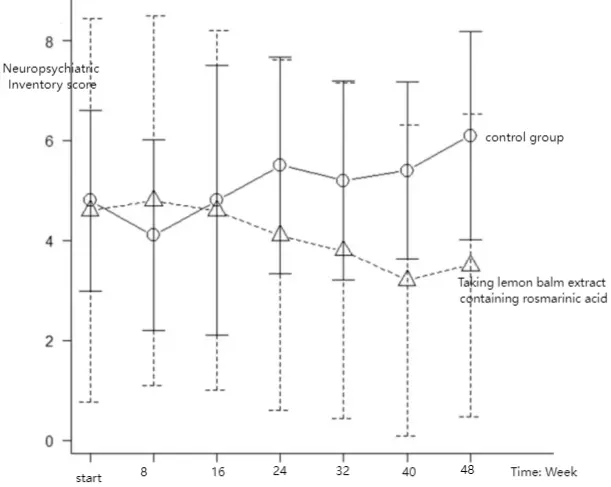
Rosmarinic acid maintains and prolongs the survival of human fibroblasts
It can reduce the accumulation of abnormal proteins (including amyloid, phosphorylated tau, and α-synuclein) in neurons. It also promotes antioxidant gene expression by regulating multiple signaling pathways, inhibiting inflammation in neural tissues such as the hippocampus, thereby preventing and alleviating the onset of neurodegenerative diseases through a multi-pronged approach.
Secondly, Rosemary Extract Rosmarinic Acid can also improve negative emotions such as anxiety and depression. Its potent antioxidant and anti-inflammatory properties have been clinically validated in humans for its anti-depressant and anxiety-fighting potential.
While relieving neurodegeneration and negative emotions, rosmarinic acid also provides additional benefits such as "relieving neuropathic pain" and "improving learning and memory abilities," fully protecting nerve tissue.
Skin Protection
Ultraviolet rays can cause significant damage to our skin, such as oxidative stress, inflammation, apoptosis, and aging. Rosmarinic acid can protect against these damaging effects.
Rosmarinic acid can increase the expression and activity of superoxide dismutase, catalase, heme oxygenase-1, and its transcription factor Nrf2 in the skin. By activating these antioxidant pathways, rosmarinic acid can effectively reduce the levels of reactive oxygen species (ROS) and carbonylated proteins in skin fibroblasts. It also inhibits the expression of inflammatory factors and pathways, boosting cell viability and preventing apoptosis and skin aging.
In addition to protecting against UV damage, Rosemary Extract Rosmarinic Acid can also treat acne by inhibiting bacterial proliferation and maintain skin elasticity by inhibiting elastase and collagenase. Rosmarinic acid, which protects against aging from within and damage from the outside, is now used in skincare brands' toners and other products.
YTBIO is committed to providing every customer with high-quality Rosemary Extract Rosmarinic Acid. We have our own R&D team and production base. If you have any questions or needs about our products, please contact us and we will respond to you as soon as possible.
_1737093401309.png)
